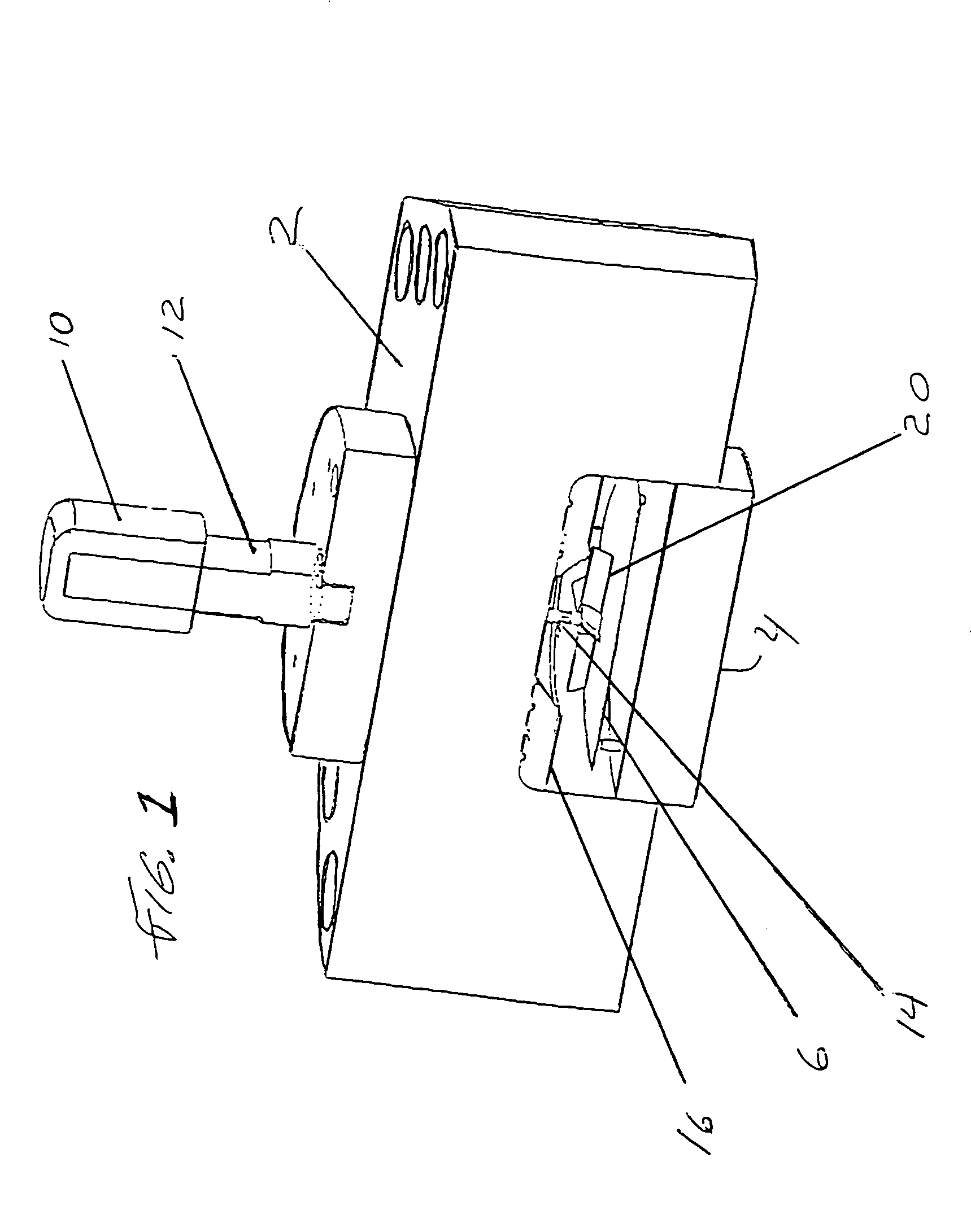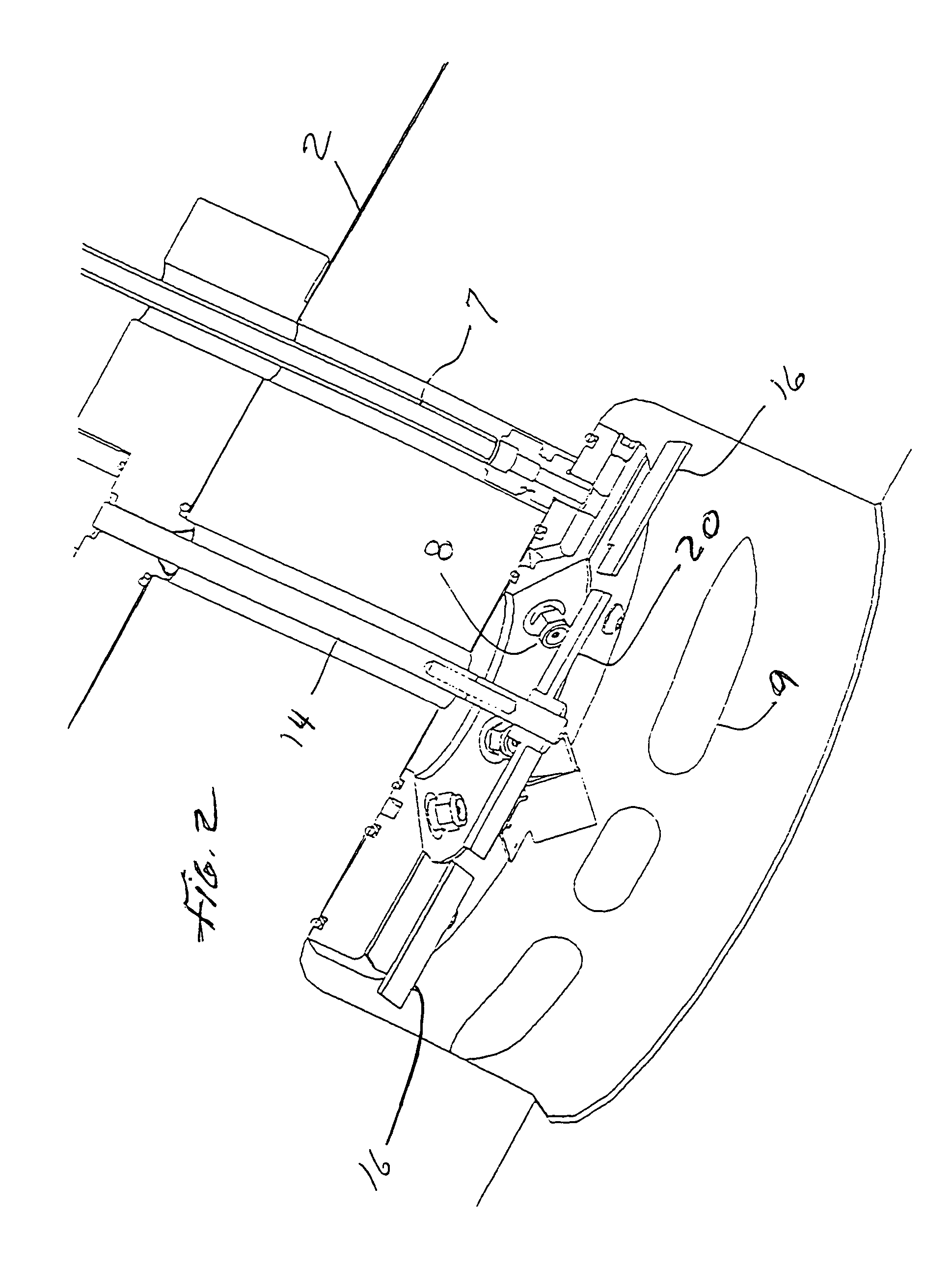Method and apparatus for rotation of a workpiece in supercritical fluid solutions for removing photo resist, residues and particles therefrom
- Summary
- Abstract
- Description
- Claims
- Application Information
AI Technical Summary
Benefits of technology
Problems solved by technology
Method used
Image
Examples
Embodiment Construction
[0052]The invention is susceptible of many embodiments, one embodiment of the present invention provides for the introduction of fluid driven rotary power mechanisms within a high pressure, high temperature, critically clean, wafer processing chamber, without the use of contact bearings. The rotary units may provide for either or both of single or multiple wafer or impellor support and rotation, for enhancing the process within the chamber.
[0053]Referring to the figures generally, to generate this additional processing force within the chamber, a rotary agitation and / or substrate gripping and rotating system is added to the process chamber. Various embodiments utilize a fluid centered, fluid supported, fluid isolated, fluid driven rotary mechanism. In all cases, the rotary mechanisms provide for the delivery of substantial kinetic energy into the chamber intended to affect the substrate and / or the fluid / substrate interface.
[0054]Referring to FIG. 1, there is illustrated an agitator ...
PUM
 Login to View More
Login to View More Abstract
Description
Claims
Application Information
 Login to View More
Login to View More - R&D
- Intellectual Property
- Life Sciences
- Materials
- Tech Scout
- Unparalleled Data Quality
- Higher Quality Content
- 60% Fewer Hallucinations
Browse by: Latest US Patents, China's latest patents, Technical Efficacy Thesaurus, Application Domain, Technology Topic, Popular Technical Reports.
© 2025 PatSnap. All rights reserved.Legal|Privacy policy|Modern Slavery Act Transparency Statement|Sitemap|About US| Contact US: help@patsnap.com



